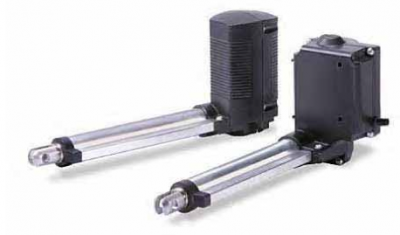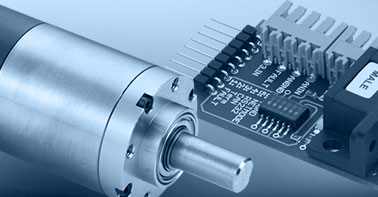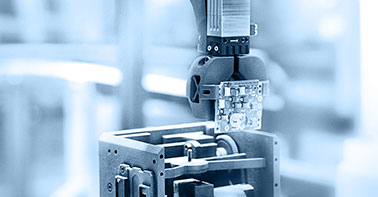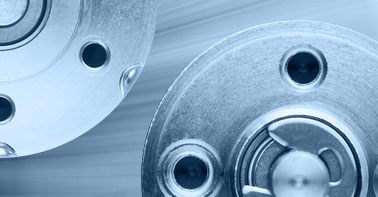- info@ems-ltd.com
- 0118 9817391
Home > Products > Actuation systems > Linear actuators
Linear actuators from EMS
What is a linear actuator?
These electromechanical components convert a motor's rotational motion into pull or push linear motion.
The simplest of these actuators contain a motor, lead screw and driving nut. The motor's rotation forces the nut along the shaft to create linear movement. The resulting motion is useful for pushing and pulling, as well as lifting, tilting, sliding and lowering.
This actuation system plays a key role in a variety of industrial applications that require precise, repeatable linear movement. For example, the linear motion enables manual movement of medical equipment such as hospital beds and patient hoists.
Both linear actuators and linear DC servomotors are useful for applications requiring high precision and motion control. However, servomotors can achieve higher speeds, while actuators achieve higher output forces, resulting in higher accuracy in positioning tasks.
Types of linear actuation system
EMS supplies two types — geared and direct drive.
Geared linear actuators contain a rotating motor and spindle gear with an integrated nut and threaded rod. You can integrate brushed and brushless DC motors and stepper motors of appropriate diameter.
Geared solutions reduce motor speed while increasing torque. They support high input speeds and produce high output forces. For high precision applications, these components are ideal. This includes industry, robotics and laboratory equipment.
EMS is a leading FAULHABER distributor. We supply geared linear actuators ranging from six to 32 millimetres (mm) in diameter, with an average continuous axial force between three and 1920 newtons (N). The reduction ratio available ranges between one and 1294.
EMS also supplies direct drive linear actuators, also known as linear stepper motors. They consist of a rotating electric motor with an integrated lead screw. These actuators operate without a gearhead or an encoder. As a result, they are a simple and compact actuation solution for low-load, high-precision applications.
Due to the quick acceleration of stepper motors, direct drive linear actuators can reach full power with limited delay. Even when switched off, these actuators hold their position, making them preferable for demanding, space-limited positioning tasks. Applications include positioning lenses and fine dosing in medical and laboratory technology.
EMS supplies direct drive linear actuators with lead screws ranging between 1.2 and three millimetres in diameter.
Electric linear actuator buying guide
When buying a linear actuator, it is important to consider the features offered in different linear actuation solutions.
For complex positioning applications, it is best to look for a linear actuator equipped with position feedback. This means that the actuator can accurately communicate its position to the control system, allowing for enhanced motion control. They are well-suited for memory positioning applications or where the actuator needs to synchronise its movement with another.
Motion controllers are also an essential feature for efficient precision control. These controllers use feedback to calculate the required speed and adjust the control accordingly.
When selecting a linear actuator, another useful control system component is a speed controller. Compatible with DC and brushless DC motors, speed controllers regulate the motor’s rotational speed.
Ready to buy a linear actuation system?
EMS supplies a range of high quality linear actuators from leading manufacturers including FAULHABER and Ewellix. Find out more on our dedicated product pages, or get in touch with our expert team.










